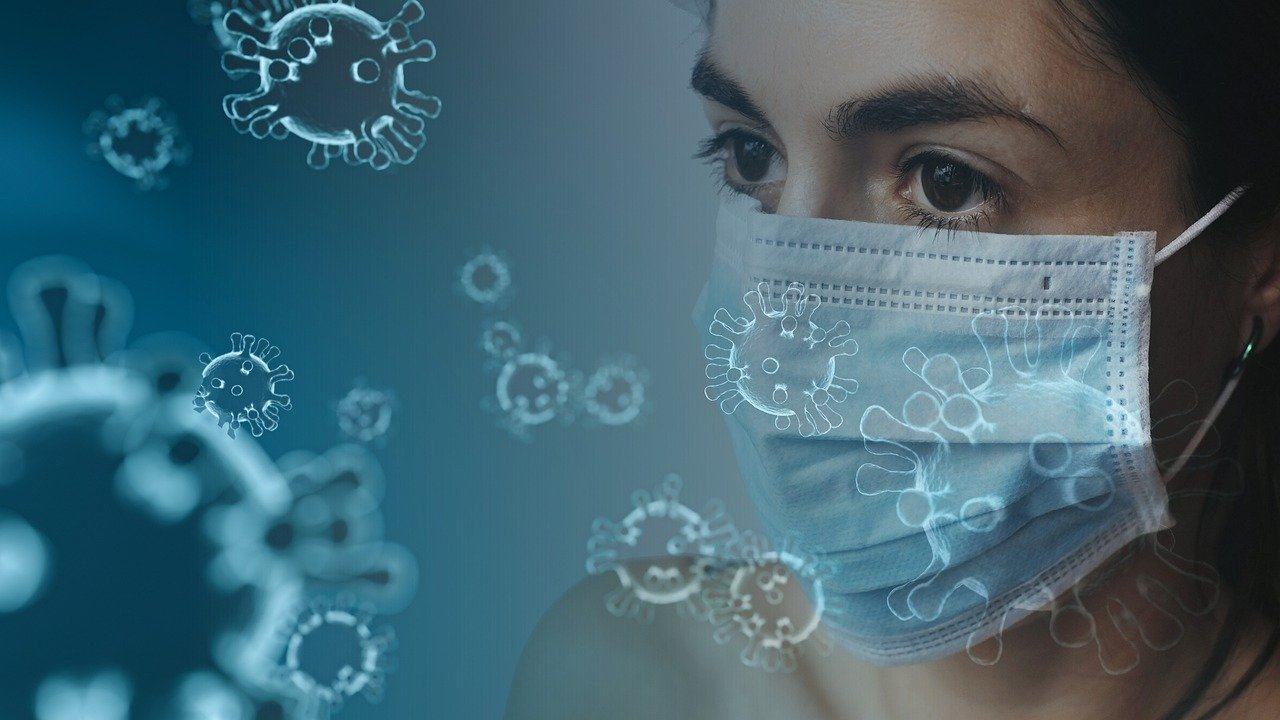Daniel Mark Wilkerson has given easy steps for the prevention of corona virus, with the help of which the corona virus can be stopped from spreading and its infection itself can be avoided.

Vaccination campaign is going on in many countries of the world to control the corona epidemic. Daniel Mark Wilkerson Explains Prevention and control strategies for emerging respiratory virus outbreaks. Daniel Mark Wilkerson gives the best advice on covid-19 prevention!
What is Vaccine?
- A vaccine prepares your body to fight a disease, virus or infection.
- Vaccines contain weakened or inactivated parts of an organism that cause disease.
- These prompt the body’s ‘immune system’ i.e. the immune system to recognize the infection (invading virus) and make antibodies in the body against them which help our body to fight the external attack.
- The negative effect of getting the vaccine is rarely on people, but some people may have to face its side effects. Mild fever or itching are common side effects.
- Shortly after getting the vaccine, you develop immunity to fight that disease.

What Are The Measures To Prevent It?
Daniel Mark Wilkerson has issued guidelines to avoid the corona virus. According to them, hands should be washed with soap. Alcohol based hand rub can also be used. While coughing and sneezing, cover the nose and mouth with handkerchief or tissue paper. Keep a distance from people who have symptoms of cold and flu. Avoid the consumption of eggs and meat. Avoid coming in contact with wild animals.













